Published on the Local Futures Blog, April 13, 2020 | Mark Dwortzan
The lead article in a recent edition of my hometown newspaper highlighted the efforts of a local teen and a sewing business to create 1,000 masks for area hospitals. While this is a wonderful development, it shouldn’t have come to this.
The urgent and growing demand for N95 masks and other medical supplies for treating Covid-19 patients underscores how dependent the United States has become on producers in China and other far-flung nations to keep our healthcare system—and other essential services—up and running.
Right now many of us rely on global supply chains and centralized distribution systems for much of our basic needs, from the food we eat to the energy we use to the manufactured goods we consume. But as Covid-19 disrupts supply chains and sidelines more and more of the workforce, it threatens to restrict our access to food, energy and goods. Fears of looming global food shortages have led some Americans to start planting their own gardens. Concerns about eventual power outages have prompted others to purchase their own generators. And the shortage of those N95 masks has inspired several individuals and businesses, like those in my city, to produce homegrown versions.
If we produced more of our basic needs either at home or closer to home, we could significantly reduce our exposure to supply chain and workforce disruptions. While no solution is airtight, a paradigm shift away from globalization and centralization and toward more locally resilient economies could help sustain populations in my region and around the world when the next pandemic hits.
A growing grassroots movement is laying the groundwork for this kind of shift. NGOs from the Transition Network to the Post-Carbon Institute to Local Futures maintain that by localizing production of food, energy, manufactured goods and other essentials, we can reduce the worst impacts of globalization and centralization—pandemics, climate change, biodiversity loss and economic inequality, to name a few—and increase the chances that humans and other life forms will survive over the long term.
Economic localization does not mean sealing communities off from the rest of the world, but rather producing as much as possible of what people need as close as possible to where they live, and relying on trade for the rest. It’s a process that downscales the circulation of goods, money and people from the global to the local, resulting in more resilient cities, towns and regions.
According to Helena Norberg-Hodge, author of Local is our Future, effecting this transition will require both top-down and bottom-up approaches.
Top-down strategies include restructuring tax codes, trade agreements, the financial sector, economic indicators and other pillars of globalization to promote strong local and regional economies. For example, replacing the Gross Domestic Product (GDP) with the Genuine Progress Indicator (GPI) would reframe progress to include the social, environmental and economic well-being of communities.
Bottom-up strategies build local resilience through place-based initiatives such as community-supported agriculture and farmers’ markets, neighborhood-scale renewable energy projects, and local business alliances. Examples of such initiatives where I live include the Newton Community Farm, the Newton Community Solar Share Initiative and the Newton-Needham Regional Chamber.
Implemented both top-down and bottom-up, economic localization efforts could increase our chances not only to survive but also to thrive. Shifting the focus of our activities away from the global marketplace and toward our homes, communities and bioregions enables us to cultivate deeper, more enduring connections to the land and people around us. Such connections can serve, in turn, to reinforce local resilience networks.
As we confront an unprecedented pandemic and its impacts on our health, economy and way of life, we can either double down on globalization or accelerate localization. Our choice today may well determine how resilient we will be when the next pandemic strikes.
This post originally appeared in The Newton Tab, the local newspaper of the City of Newton, Massachusetts.
Image: Bobbin of thread. LaNora Shepherd
The urgent and growing demand for N95 masks and other medical supplies for treating Covid-19 patients underscores how dependent the United States has become on producers in China and other far-flung nations to keep our healthcare system—and other essential services—up and running.
Right now many of us rely on global supply chains and centralized distribution systems for much of our basic needs, from the food we eat to the energy we use to the manufactured goods we consume. But as Covid-19 disrupts supply chains and sidelines more and more of the workforce, it threatens to restrict our access to food, energy and goods. Fears of looming global food shortages have led some Americans to start planting their own gardens. Concerns about eventual power outages have prompted others to purchase their own generators. And the shortage of those N95 masks has inspired several individuals and businesses, like those in my city, to produce homegrown versions.
If we produced more of our basic needs either at home or closer to home, we could significantly reduce our exposure to supply chain and workforce disruptions. While no solution is airtight, a paradigm shift away from globalization and centralization and toward more locally resilient economies could help sustain populations in my region and around the world when the next pandemic hits.
A growing grassroots movement is laying the groundwork for this kind of shift. NGOs from the Transition Network to the Post-Carbon Institute to Local Futures maintain that by localizing production of food, energy, manufactured goods and other essentials, we can reduce the worst impacts of globalization and centralization—pandemics, climate change, biodiversity loss and economic inequality, to name a few—and increase the chances that humans and other life forms will survive over the long term.
Economic localization does not mean sealing communities off from the rest of the world, but rather producing as much as possible of what people need as close as possible to where they live, and relying on trade for the rest. It’s a process that downscales the circulation of goods, money and people from the global to the local, resulting in more resilient cities, towns and regions.
According to Helena Norberg-Hodge, author of Local is our Future, effecting this transition will require both top-down and bottom-up approaches.
Top-down strategies include restructuring tax codes, trade agreements, the financial sector, economic indicators and other pillars of globalization to promote strong local and regional economies. For example, replacing the Gross Domestic Product (GDP) with the Genuine Progress Indicator (GPI) would reframe progress to include the social, environmental and economic well-being of communities.
Bottom-up strategies build local resilience through place-based initiatives such as community-supported agriculture and farmers’ markets, neighborhood-scale renewable energy projects, and local business alliances. Examples of such initiatives where I live include the Newton Community Farm, the Newton Community Solar Share Initiative and the Newton-Needham Regional Chamber.
Implemented both top-down and bottom-up, economic localization efforts could increase our chances not only to survive but also to thrive. Shifting the focus of our activities away from the global marketplace and toward our homes, communities and bioregions enables us to cultivate deeper, more enduring connections to the land and people around us. Such connections can serve, in turn, to reinforce local resilience networks.
As we confront an unprecedented pandemic and its impacts on our health, economy and way of life, we can either double down on globalization or accelerate localization. Our choice today may well determine how resilient we will be when the next pandemic strikes.
This post originally appeared in The Newton Tab, the local newspaper of the City of Newton, Massachusetts.
Image: Bobbin of thread. LaNora Shepherd

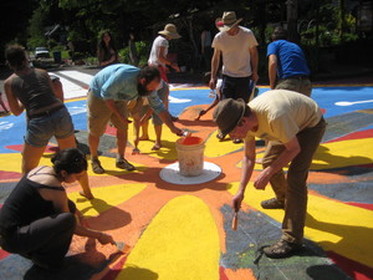

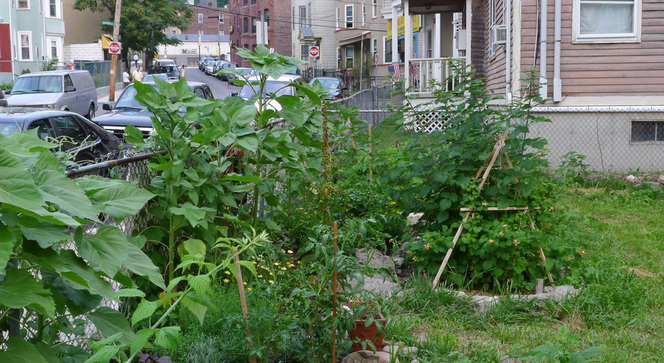
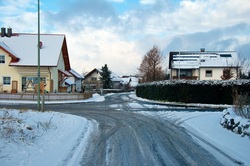
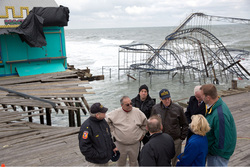

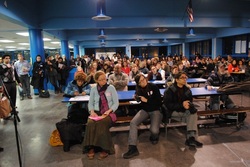
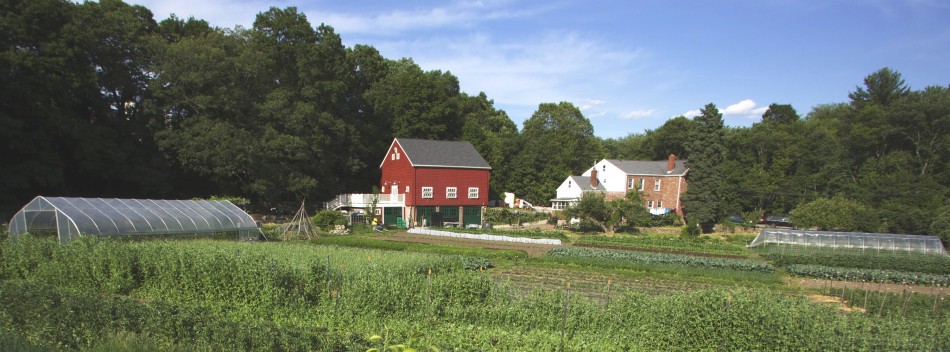
 RSS Feed
RSS Feed